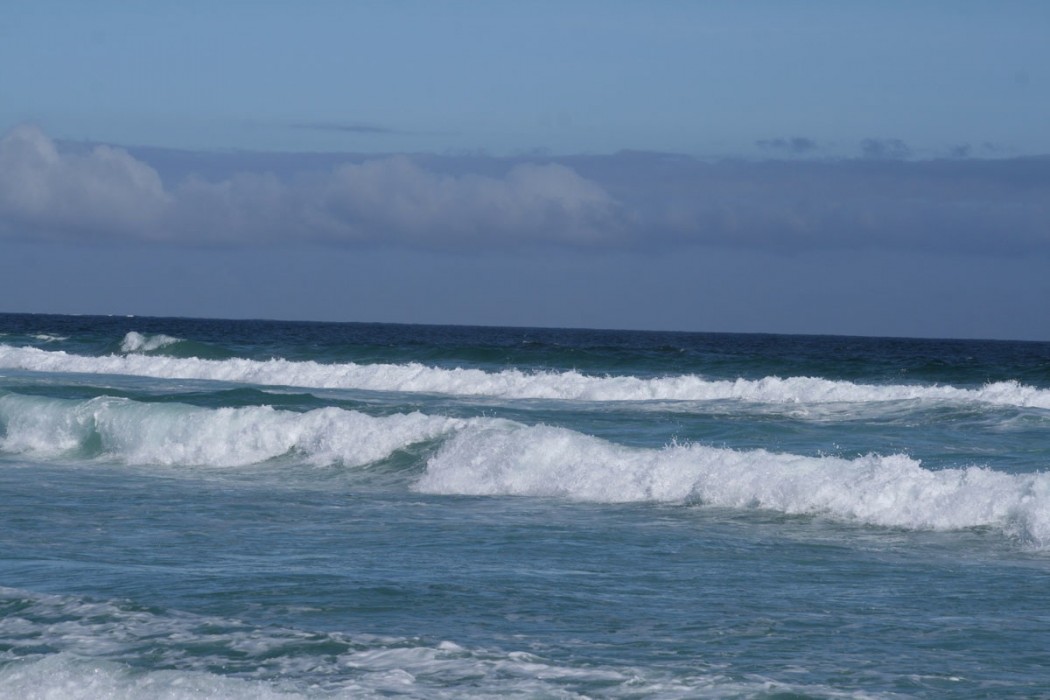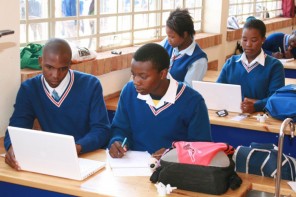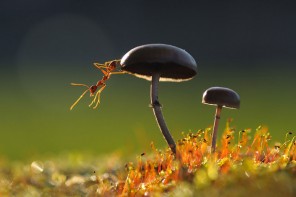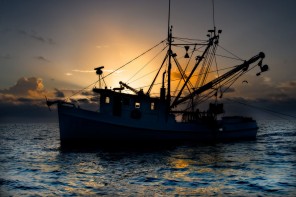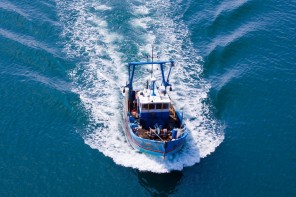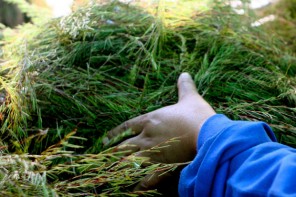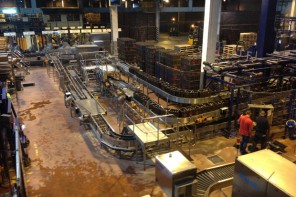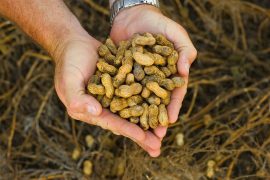Words by Emily van Rijswijck
South Africa’s biggest seawater desalination plant has opened in the seaside town of Mossel Bay in the Western Cape province. This facility will ensure that the economic hub achieves greater water security and economic growth going into the future.
The plant, which has a capacity of 15-million megalitres per day, started operating in September but currently puts out only 5-million megalitres of water, as the area has had excellent rains and dams supplying the town are full.
The 5-million megalitres are used entirely by the synthetic petroleum plant of PetroSA, the town´s biggest employer and biggest user of water. PetroSA consumes almost as much water daily as the municipality itself.
“The development of a desalination plant was always envisaged for the near future but after the town was faced with a severe drought, the project was escalated,” confirms Harry Hill, spokesperson for the municipality.
Worst drought in 130 years
The drought, which was the worst in 130 years, reached such critical proportions at one point that the Eden District area in the south of the province was declared a disaster area. In the Eastern Cape the Nelson Mandela Bay Municipality had to impose water restrictions for almost three years as a result.
The enforced water restrictions in Mossel Bay meant that the water usage for the entire municipality was about 14-million megalitres a day.
“So the desalination plant has the capacity to meet the town’s entire water needs should this again be necessary,” adds Hill.
The project was jointly funded by the National Treasury and PetroSA who contributed R92-million (US$11-million) and R80-million ($9.6-million) respectively to the total project cost of R210 million ($25-million).
Apart from the seawater desalination plant, the municipality also sank several boreholes and built a plant to reclaim waste water for industrial purposes.
“While the new water sources, such as the seawater desalination plant, now seem to be superfluous, it must be remembered that Mossel Bay periodically suffers severe droughts,” says municipal manager Michele Gratz.
“The town’s population has also nearly doubled in the last two decades and it is almost certain that there will again be times that the municipality will have to rely on these others sources instead of the dams,”.
Water resource strategy
South Africa´s Department of Water Affairs foresees that by 2030 up to 10 % of the country´s urban water supply could come from water desalination plants. The National Water Resource Strategy (NWRS) is the blueprint on which the government bases its future water management approach.
The most recent version of the NWRS was drafted in 2004 and paints an alarming picture of water availability in years ahead, with a worst-case scenario showing a national deficit of 2 044-million cubic metres of water a year by 2025.
At the moment South Africa only has a few desalination plants – the plant in nearby Knysna is the second biggest, but pumps a mere 1.5 megalitres a day. There are also plants at Bitou Municipality, Sedgefield on the Garden Route and Boknes in the Eastern Cape.
“Seawater desalination technology is widely used across the world and it makes good common sense for a water-scarce country like South Africa to begin to do the same,” Hill adds.
Suitable for human consumption
The process of desalination is increasingly being used as a way to provide fresh water for human use in regions such as the Middle East, the Mediterranean and Australia, where potable water from other sources is limited.
The most widely used method follows the process of reverse osmosis. Seawater is pumped into a plant where semi-permeable membranes and pressure are used to separate dissolved matter and salts from the water.
The fresh water is then pumped to a storage facility for use while the brine, the highly concentrated seawater which resulted from the process, is pumped back into the sea or an estuary.
Despite all its benefits, desalination doesn’t offer a “silver bullet” solution to the world´s growing water problems. Besides using very expensive equipment, the process also uses a considerable amount of electricity and is not without environmental consequences.
Both the intake and discharge processes of the water may have affect on water quality and marine life. Aquatic species have a tolerance for natural salinity, an aspect which may be affected by the highly concentrated seawater which is pumped back into the ocean.
And while the intake structure is designed to maintain a flow of less than 0.15 metres per second – the minimum escape velocity for aquatic species – there is still a risk that plants, fish eggs and fish larvae around the intake areas may die.
The process also uses chemicals which if left untreated, can be harmful to the environment.
Green drop certification
The most widely held belief is that desalination should be used in conjunction with other water-saving mechanisms such as waste water reclamation. This treated water is especially suitable for industrial use.
Mossel Bay Municipality is proving to be a leader in waste water treatment as it achieved Green Drop status in 2011 for two of its water treatment plants.
The Municipal Green Drop Certification Programme was introduced in 2008 as an incentive-based regulation of waste water quality and waste water management systems in South Africa.
A total of 821 waste water systems were assessed by the Department of Water Affairs in 2011, with only 40 systems achieving the coveted Green Drop status.
The Western Cape fared the best in this year’s Green Drop programme, scoring 83%, the highest average percentage. KwaZulu-Natal scored 82%, and Gauteng scored 79%. The Northern Cape finished last with 23%.
Municipalities were assessed in eleven categories, namely process control; maintenance and management skills; waste water quality monitoring programmes; credibility of waste water sampling; the submission of waste water results; waste water quality compliance; reaction management to waste water failures; stormwater and water demand management; by-laws; capacity of the waste water treatment plants; and waste water asset management.
The Live Eco team

